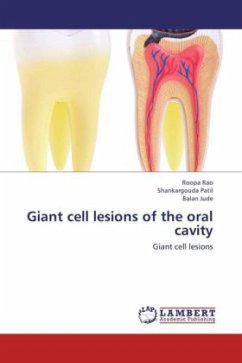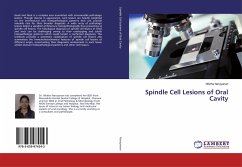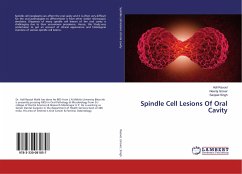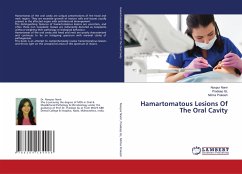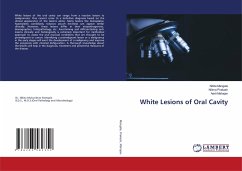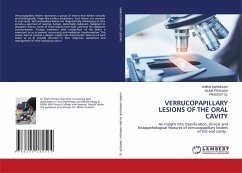
Granular Cell Lesions of Oral Cavity
Versandkostenfrei!
Versandfertig in 6-10 Tagen
40,99 €
inkl. MwSt.

PAYBACK Punkte
20 °P sammeln!
Granular cell lesions have been reported in different sites, but their principal sites of occurrence is in the head and neck region. Granular cell lesions are not hereditary or familial. They appear as small, solitary, painless, non-tender nodules arising from the dermis or the submucosal tissue. Ulceration is rare. The true diagnosis is rarely suspected preoperatively. Immunohistochemistry and electron microscopy help to confirm histologic impression and differentiate other neoplastic entities with granular cytoplasmic features. The morphology of all granular cells is similar but their origin...
Granular cell lesions have been reported in different sites, but their principal sites of occurrence is in the head and neck region. Granular cell lesions are not hereditary or familial. They appear as small, solitary, painless, non-tender nodules arising from the dermis or the submucosal tissue. Ulceration is rare. The true diagnosis is rarely suspected preoperatively. Immunohistochemistry and electron microscopy help to confirm histologic impression and differentiate other neoplastic entities with granular cytoplasmic features. The morphology of all granular cells is similar but their origins are different. Because of their common yet inexplicable morphologic appearance and obscure origin, granular cell lesions continue to be a focus of laboratory investigations to know the antigenic heterogeneity of granular cell lesions from a wide variety of sites in skin, mucosa, and jaw. This book is an attempt to throw the light on the new classification, etiopathogenesis, clinical features, histopathological features of Granular cell lesions of the Head and Neck.



